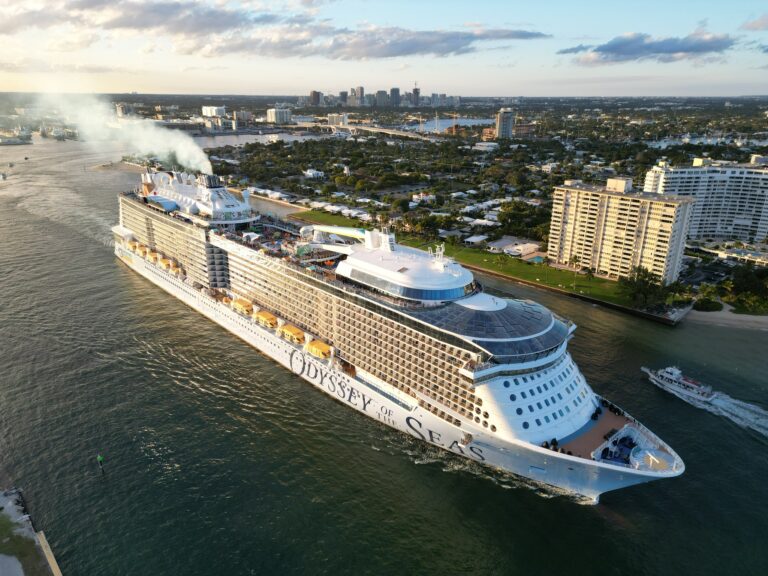
Phoenix, Arizona, is a truly modern city—it didn't really boom until after World War II. Nonetheless, mixed among Phoenix's office towers and the abundance of resorts, spas and restaurants are museums dedicated to pre-Columbian, Native American and pioneer history.
Though Phoenix proper is just one of several cities in the Valley of the Sun, it's the largest by far and serves as the center of the metropolitan area. The explosive, sprawling growth of the Phoenix metropolitan area—which includes Glendale, Mesa, Scottsdale, Chandler, Peoria and Tempe—is due in part to its attractive desert location (cacti and mountains are never far from view) despite the limitations a desert imposes.
Temperatures in the desert routinely top 100 F/38 C in summer and can reach the 90s F/32-37 C even in late spring and early fall. Despite the heat, people go to Phoenix for year-round outdoor activities, as the area is home to more than 200 golf courses and the highly regarded Desert Botanical Garden. Plus, most days are cloudless, and the brilliant sun—which shines more than 325 days a year—is regarded as an asset, not a liability, by desert dwellers.
Must See or Do
Sights—The Hohokam ruins of Pueblo Grande Museum and Archaeological Park; the Desert Botanical Garden.
Museums—The famous kachina dolls at the Heard Museum; international art at the Phoenix Art Museum; the astounding array of instruments at the first-rate Musical Instrument Museum.
Memorable Meals—Spicy Mexican fare at Los Dos Molinos; watching the city go by from the rotating Compass Arizona Grill (atop the Hyatt Regency tower); snacking on deep-fried rattlesnake at Rustler's Rooste; one of Fez's juicy burgers; fine dining at Vincent on Camelback.
Late Night—Sipping martinis at Hanny's; taking in the speakeasy vibe at Bees Knees; people-watching along Mill Avenue in Tempe.
Walks—Climbing at Piestewa Peak Recreation Area or Camelback Mountain; hiking the trails of South Mountain Park.
Especially for Kids—Hands-on exhibits at the Arizona Science Center; the children's petting zoo at the Phoenix Zoo; the Children's Museum of Phoenix.
Geography
Located along the banks of the (usually dry) Salt River in central Arizona, Phoenix is a sprawling desert metropolitan area that extends from fashionable Scottsdale in the northeast to Glendale and a string of ever-expanding towns in the west. The university city of Tempe is sandwiched between Phoenix and Mormon-founded Mesa. Desert mountains surround the area, forming the Valley of the Sun.
Like many cities in the western U.S., Phoenix is laid out in a grid pattern: Major intersections are about 1 mi/2 km apart. Central Avenue runs north and south, through downtown and between the two mountain ranges. All roads running parallel to Central are designated with numbers (16th Street, 19th Avenue). Treating Central as zero, all numbered roads to the east are streets, and those to the west are avenues. Most roads running east and west have names (Camelback Road, Shea Boulevard).
History
A sizable population of Hohokam people lived in the area from the 300s BC until the 1400s, developing a sophisticated network of irrigation canals. Although the end of the Hohokam civilization is something of a mystery, some believe that they abandoned the area after a period of severe floods and droughts.
By the time the settlers arrived, a few Hohokam stragglers lived near the Salt River, but there were no large villages. Some Yavapai and Maricopa were also living in the area. Years later, in the 1800s, settlers put the canals back into use.
Following the end of the Mexican-American War in 1848, the New Mexico Territory, which included present-day Phoenix, came under the control of the U.S. When the city was incorporated in 1881, the name Phoenix came from a prediction by one of the town's founders that a great city would rise like a phoenix from the ashes of the former Hohokam settlement.
After the railroad arrived in 1887, the city grew and prospered as a center of trade for the region. It became the permanent capital of the newly formed state of Arizona in 1912. By the mid-1900s, Phoenix had transformed from a decent-sized farming community into a booming metropolis.
The city's most recent attempt at rebirth involves the downtown area, which became a ghost town after shopping malls and offices moved to the suburbs. Downtown is once again bustling with activity, thanks to a light-rail transit line, destination restaurants, cultural and recreational attractions, and a growing urban movement. There are blocks of upscale apartments and a revitalized cultural and recreational environment.
Elsewhere in the metro area, the intersection of 24th Street and Camelback Road is a prestigious hub for shopping, dining and nightlife.
Potpourri
During World War II, Papago Park was the site of a German prisoner-of-war camp, housing as many as 400 prisoners. Today, it's a popular recreational site for outdoor enthusiasts.
Phoenix is on Mountain Standard Time and never moves the clock forward or back for daylight saving time. Only the Navajo Nation observes the time change in Arizona.
Phoenix is the sixth-largest city in the U.S. and the largest state capital.
About one in three of Phoenix's residents play at least one round of golf a year.
The Waste Management Phoenix Open is the most highly attended event on the PGA Tour, attracting more than a half-million spectators each year.
In 1950, Phoenix covered 17 sq mi/44 sq km. Today it covers more than 500 sq mi/1,295 sq km, an area larger than Los Angeles.
Phoenix has more sunshine than any other metropolitan area in the U.S. The sun shines 85% of the time during daylight hours in Phoenix. Phoenix has an average annual rainfall of only 8 in/19 cm, and it enjoys around 325 sunny days per year.

































